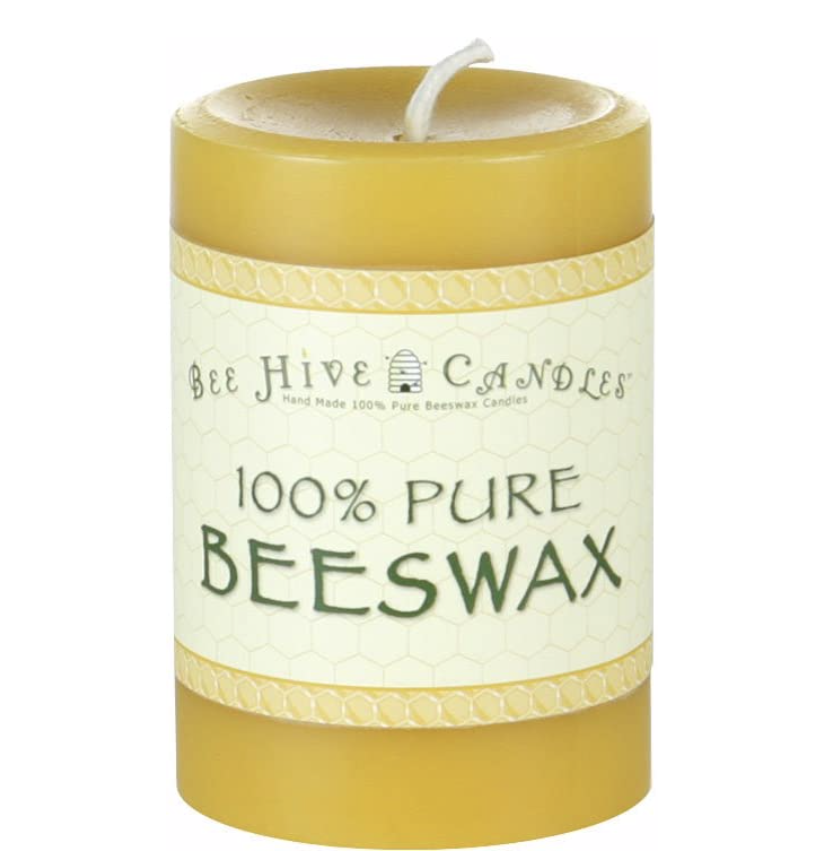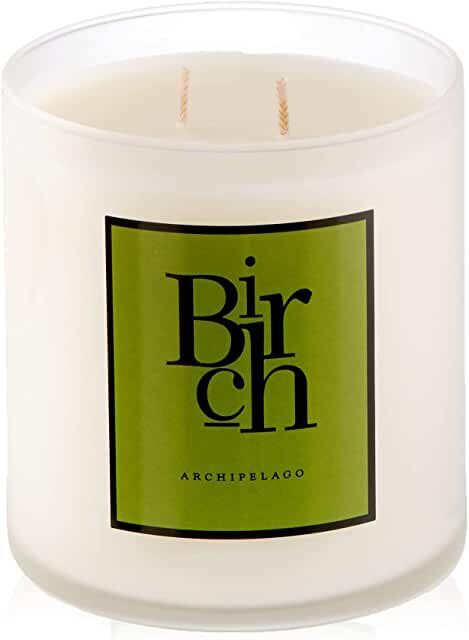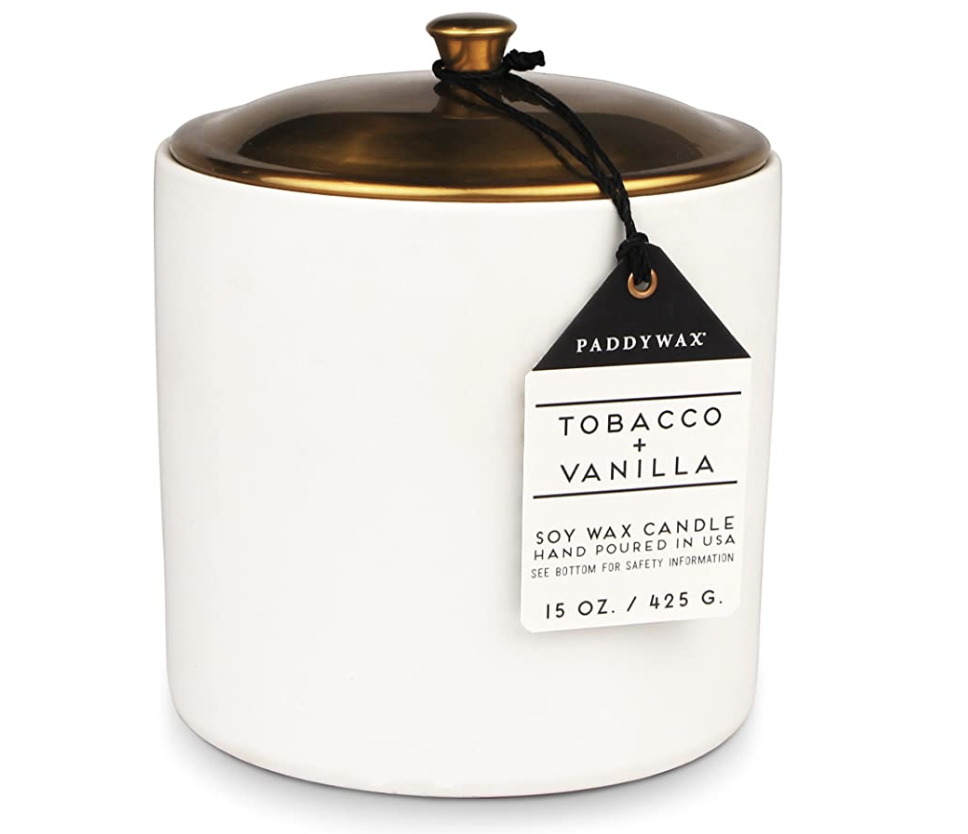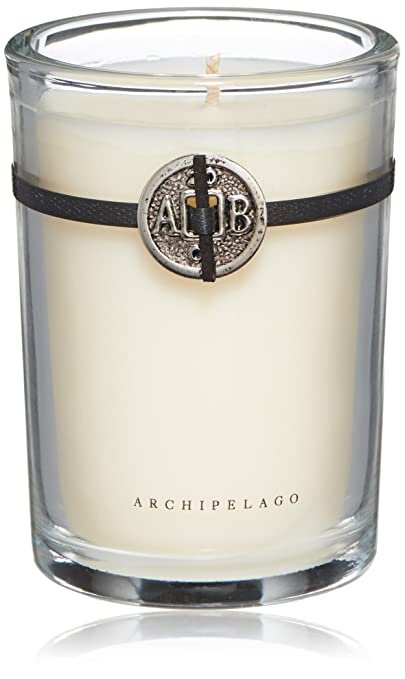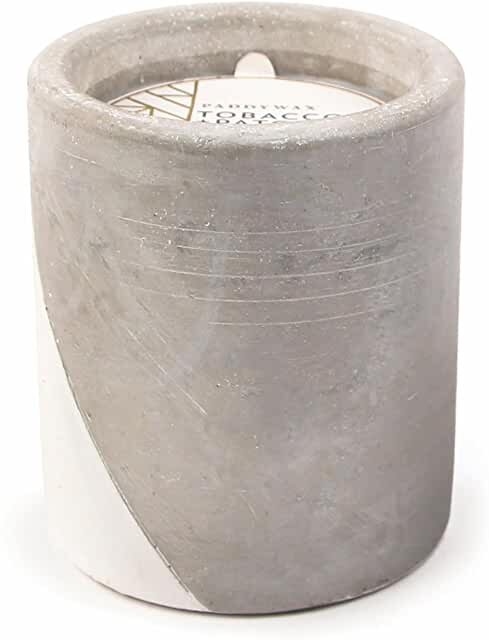The Perfect Candle Breakdown
Shown above: Coasters | Book | Brass match striker | Hurricane candle holder | Crystal | Candle 1 | Candle 2
You will always find multiple candles in my home. Currently, I have seven. I’ve purchased $75 candles, and I’ve purchased $4 candles. I’ve lit natural wax, and I’ve lit paraffin wax. I’ve gotten fragrance-free and perfumey candles. I’ve gotten pillars, votives, and tapers.
Okay—you get the picture: I like candles. I like candles because they are one of those “Plus products” that bring me right into the moment by allowing me to tap into my five senses: watching the flame, smelling the fragrance, feeling the heat, hearing it crackle.
There are a LOT of candles on the market, but I’ve finally found a few go-to’s (which I share below) that I continue to re-purchase. However, my perfect candle isn’t necessarily your perfect candle.
How do I find my perfect candle? you might ask.
Let’s find out! First, start by answering these three questions:
How much do I want to spend on a candle?
Do I want natural wax or paraffin wax?
How much fragrance do I want my candle to throw?
The possible fourth question is ""how clean do I want my candle to be?” Typically, cleanliness will be largely determined by your answer to #2 (as you’ll learn by reading below).
Let’s dive into the points to consider.
First, Candle Price
Cheap to Mid-Range Candle ($4+)
If you’re the average Joe or Jane, you’re going for the less expensive candles on the regular. You can find cheap paraffin wax as low at $4 a candle (I’ve gotten this pillar from Target).
I typically go for the middle-range candles, spending around $25+ a candle. My favorites are this Paddywax candle, this Trapp candle, and this Archipelago candle.
The Luxury Candle ($65+)
Luxury candles are the ultimate gift, in my opinion. It’s one of those things people don’t tend to buy for themselves, but definitely appreciate it when they have one!
Luxury candles have really lovely and unique fragrance. It’s almost like you can smell the privilege in the air. Also, luxury candles tend to last longer, although it depends on the formula used (as you’ll read below).
There are “cleaner” brands of luxury candles (Uma, Lacarno, Jenni Kayne), and then there are the cult classic luxury candles that are, well, not clean (ahem, Jo Malone and Diptyque). Cleaner candles use natural waxes—usually a combination of coconut, palm, soy, etc. The cult classics usually use paraffin wax, but have a dreamy potent fragrance (which paraffin holds better),
Which leads me to my next point….
Second, Type of Wax
Paraffin
For the most part, I live a pretty “clean” life, but I’m not perfect and caved into buying this Diptyque candle after hearing people rave about them. I have to say, I can 100% tell it is not a natural wax. When I blow it out, it smells like toxins in the air (paraffin is a gasoline by-product).
Now, I’m admittedly very sensitive to the smell of paraffin, but that doesn't necessarily apply to you. If you’re cool with the smell, and/or not concerned about what it does to your air, then go for it. One plus: you can usually get away with spending very little on candles (Bath & Body Works, Target, the like). Paraffin also tends to hold fragrance really well, if you’re a perfumey person.
Natural
I prefer to buy natural wax candles, such as bees, palm, coconut, or soy. First, they don’t have the toxic “after smell” that I experience with the paraffin. Also, they tend to burn longer without any soot, unlike paraffin.
Beeswax tends to burn the longest and is smokeless. Beeswax is also known to purify the air—it releases negative ions when it burns, so it negates any postive ions carried by pollen, dirt, and other pollutants (a Plus for those with allergies, sensitivities, and asthma too). Beeswax doesn’t hold fragrance very well, however.
Soy wax is usually cheaper than beeswax—it was one of the first “alternatives” to beeswax and paraffin on the market. It burns slower than paraffin, and again, without the soot. Bear in mind its not as environmentally friendly as beeswax, given the concerns of the soybean industry (re: deforestation and use of pesticides/fertilizers).
Palm wax has similar components to soy, also having it’s own set of ethical issues, but it tends to throw fragrance a little better than soy.
Coconut wax is the most luxurious of the natural waxes. Coconuts are pricier per pound—so, naturally, more expensive in candle form as well. However, coconut wax smells divine, burns slowly, doesn’t soot, and is the most “ethical” waxes.
Last, Fragrance
If high fragrance is super important to you, you may want to go with paraffin wax since it throws the greatest scent at a fairer price. If price isn’t an issue, check out the coconut wax.
Personally, I’m pretty sensitive and super particular with fragrance. For this reason, I tend to stick with natural wax candles because they throw a more subtle fragrance.
If you are a zero-fragrance person, beeswax is a great option because they last a long time and don’t carry much of any smell (maybe a light honey fragrance, if that). You can also get cheap paraffin candles without fragrance.
I hope this information was helpful! I’ve included some of my favorite go-to candles below. My favorite candles are mid-range priced, made with natural wax, have a subtle fragrance.
Enjoy!


